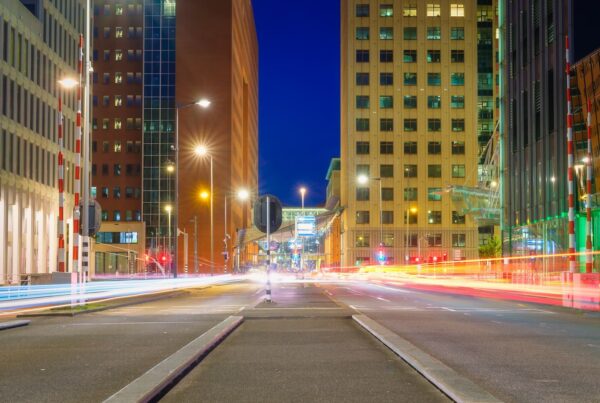For most of my career as a writer, I aimed for sentences so descriptive the reader could visualize the scene. That changed with the advent of blogging and online content writers. Suddenly I was also responsible for art: either finding it or making it. While I could take a decent picture, I wasn’t a photojournalist by any means. Most of the sites and books I consulted urged shooters to visualize a photograph before clicking the shutter.
But I think in words, not images. After lots of trial and error – and some really corny photos – I stumbled upon a technique for visual journalism: decide whether the photograph will be an action verb or an adjective.
In photojournalism, most photographs are action verbs.
If you’re writing about an activity, then the photo should depict it. If you’re covering an event, the photograph should show what’s happening. Before I pull out my camera, I brainstorm a paragraph of lively, verb-filled sentences. Sometimes, I jot them down. Those sentences guide my shooting. That’s the way I photographed Richard Csoltko at a Memorial Day observance.
Portraits are adjectives.
For portraits, I think about adjectives because they describe emotion. When I take a formal portrait, I modify the strategy I mentioned above. I talk to the subject while setting up my equipment. (I’m clumsy so setup takes a little longer than necessary.) I listen to the tone of voice and observe the body language. Then I brainstorm a couple adjectives that seem to fit the subject and try to illustrate them with the photo. Mostly importantly, I keep the folks talking so I can get more natural expressions.
When I shoot candids at an event, I simply brainstorm adjectives and work on illustrating them. Here’s a portrait of Jayvan Wheeler right after he graduated from fifth-grade. My adjectives were “proud,” “excited,” “hopeful” and “loved.”
 Jayvan Wheeler was a proud, hopeful little boy when he graduated from fifth-grade. The loving embrace from his teacher Victoria Abdow made the day special.
Jayvan Wheeler was a proud, hopeful little boy when he graduated from fifth-grade. The loving embrace from his teacher Victoria Abdow made the day special.I wish I could say I came up with this insight all by myself, but I reinvented the wheel, of course. Mark Hancock blogged about it in 1996.
I also happened upon a slide show that has been a strong influence. The photo gallery “Comparisons” was created by Sarah Coward, who is a photojournalist from Florida. She calls it a “ visual rant against the practice of forcing newspaper reporters …out of their element and into the world of visual storytelling.” I watched it and learned what kinds of photos I shouldn’t take. Then I browsed her site and learned what to aim for.
Coward hasn’t updated the site in quite a while, but stay with the photo gallery anyway. Click the dark screen and the photos will load. Then browse the photos she shot for stories.
You don’t have to take photos to use this advice.
I recently had a headshot taken. Before meeting with the photographer, I brainstormed two adjectives I wanted to project. I came up with “energetic” and “bold.” Mark Bennington took this photo. Tell me whether it works.









